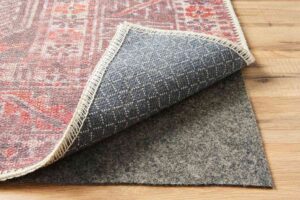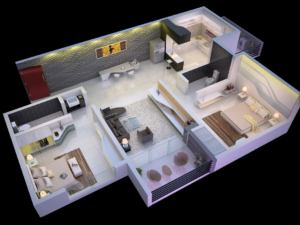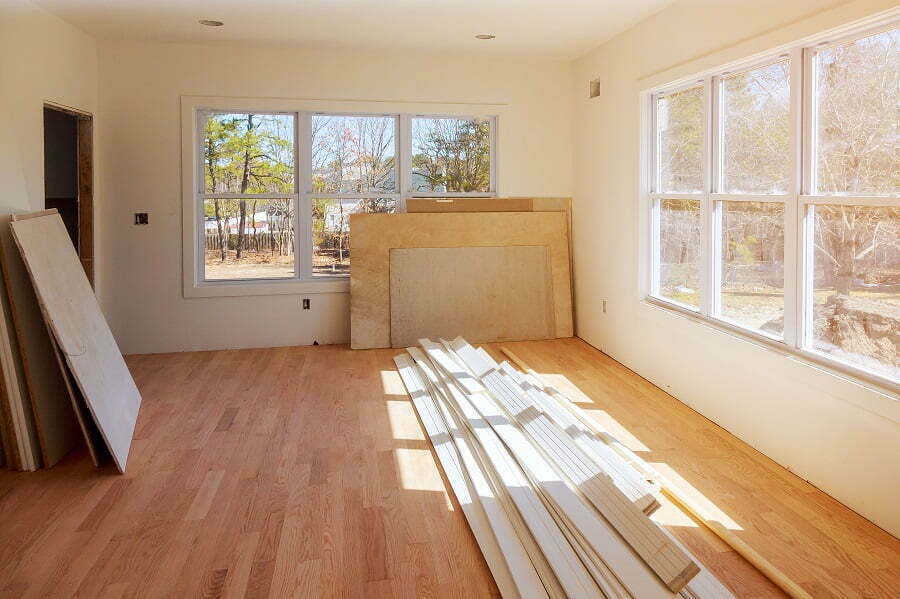
SSUCv3H4sIAAAAAAAEAIVUuY7bMBTsA+QfDNY2Iom6mDLdAkmZapHiSaRtwhQpkNRmA8P/Huqg/Hwk2wjizOjxXaPz50+bDWnAyZZ83ZzHUzhLpQbnLXhpdICT7YJbobmwGBFcemMlKAw24Nujhk4EUA9KjfBlIonz4AcnHLqMWwGd83KSpzFGC9p50576o/EGE73RvMAAcNOISYvRN8mFaVRAHYa56I2Tfop6Q7jj4L2wMQ5d8zDKDLYx7xjsjHsSAhR0fzDQyMNNDev3vXz3gJVpRu1+BFCrWvDiEHp706w4qdf5vInE0jMfKPKiQyHSWEe2iHRDM5I/pGuFUqCFGRyJ/GX7n3jfBqm41Af35Tto3oE9PY38orkx9hpyfvm1ducgdDu253xBRVqhBMz78DpLyel3SL+bil5EMHBpUBPeTAtqFFAUqbeyDUmiz4w/Tst6Xkc5aG/HFEjMnyhjemjUuHr7EFNE/AjOBTmPOJ5LsIbp0D3a+KmAJSrhYXDjMaUpq/OKluGRlzStKxJNEJZCcjzXu/UjP9Miy2lBy5KSf60TyVhWJKwsU/LgsKMM0qnWeMPQKwNc8Cv04L2ioIxVNcvW6T7acNYwWl81qyOfcLfmXAQ5Etz5dFFUyVXxYNlFU1dXzV37ooShMLeenQR1kqBSV/suXJlfufvWL5qUMtSGaOqZywpU5erviWMVZTMVfTd6qJOhhNvx4J/PWlPxQdk1ZdWHmecpXTJAqyPH2wllGQeRiV1dA+zyPSt3sM/4TiSsqpq2rOqch4W7/AWY6aIgOwYAAA==
Expanding Horizons: How to Add a Room to a House on a Budget
Introduction
As families grow or needs change, the idea of adding a room to your house may become a compelling prospect. While expanding your living space is exciting, the potential costs can be a deterrent. However, there are ways to achieve this without breaking the bank. In this guide, we’ll explore creative and budget-friendly strategies on how to add a room to a house. From repurposing existing spaces to considering cost-effective construction methods, we’ve got you covered.
Assessing Your Needs
Before embarking on a room addition project, it’s crucial to assess your needs. Determine the purpose of the new room – whether it’s an extra bedroom, a home office, or a recreational space. Understanding your specific requirements will guide your decisions throughout the planning and construction process.
Repurposing Existing Spaces
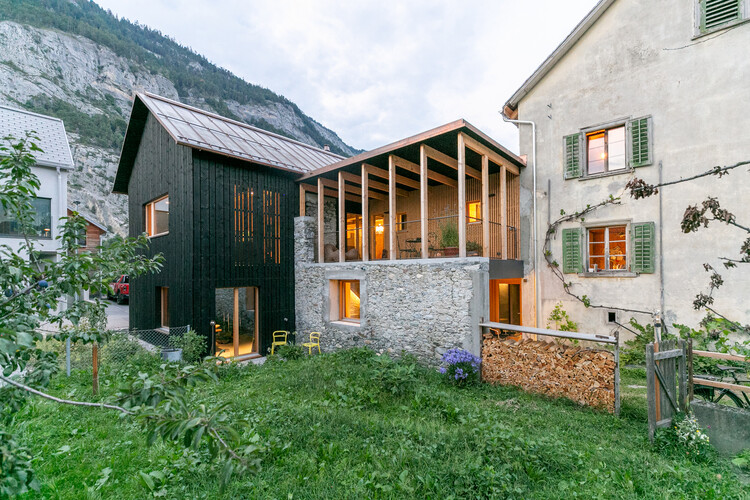
1. Convert a Garage or Attic:
Garages and attics are often untapped resources for additional living space. Converting these areas into habitable rooms is a cost-effective way to add square footage to your home. Ensure proper insulation, flooring, and ventilation for comfort.
2. Utilize a Sunroom or Enclosed Porch:
If your house has a sunroom or enclosed porch, consider transforming it into a functional room. With minimal modifications, you can create a cozy space that serves as an extension of your living area.
3. Finish the Basement:
Unfinished basements are excellent candidates for room additions. Finishing the basement provides a blank canvas for creating bedrooms, entertainment spaces, or even a home gym. It’s a cost-effective way to maximize existing square footage.
Cost-Effective Construction Methods
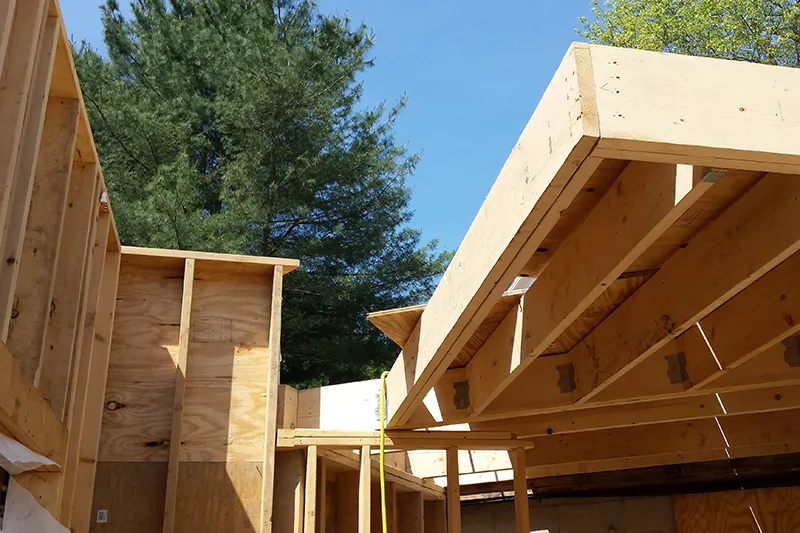
4. Prefab or Modular Rooms:
Prefabricated or modular rooms offer a quicker and often more affordable solution. These pre-built structures can be attached to your house, providing an instant room addition. Prefab rooms come in various styles and can be customized to suit your needs.
5. Build Up, Not Out:
If your property allows, consider adding a room vertically. A second-story addition can be a cost-effective way to gain extra space without expanding your home’s footprint. It’s essential to ensure the existing foundation can support the additional load.
6. DIY Room Additions:
While not suitable for everyone, a hands-on approach can significantly reduce labor costs. If you have the skills and knowledge, consider tackling certain aspects of the room addition project yourself. However, be realistic about your abilities to avoid costly mistakes.
Budget-Friendly Design Tips
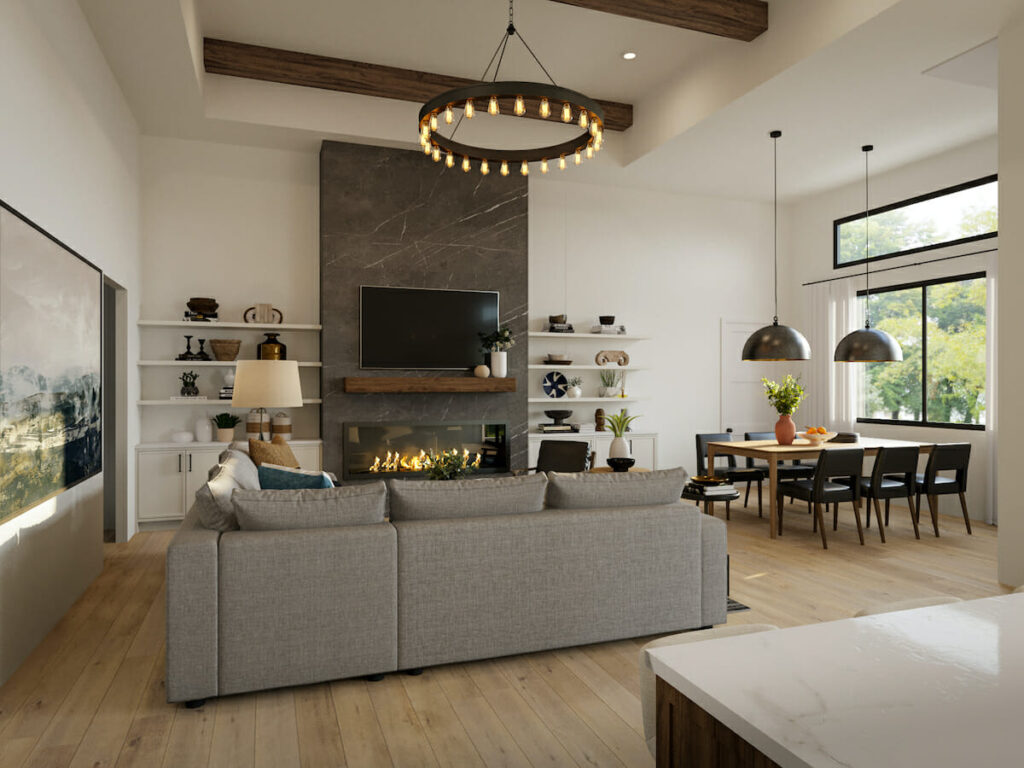
7. Optimize Natural Light:
Maximize the use of natural light to create an open and inviting atmosphere. Large windows, skylights, or strategically placed mirrors can enhance the perception of space without significant costs.
8. Choose Cost-Effective Materials:
Selecting budget-friendly materials doesn’t mean compromising on quality. Look for cost-effective alternatives that mimic the appearance of more expensive materials. Additionally, consider purchasing gently used or surplus materials to save on costs.
9. Minimize Plumbing Adjustments:
If possible, plan your room addition in a way that minimizes plumbing adjustments. Locating the new room close to existing plumbing lines can significantly reduce costs associated with rerouting pipes.
FAQs: Clarifying Common Queries
1. How much does it cost to add a room to a house?
The cost of adding a room to a house varies widely based on factors such as size, location, materials, and labor costs. On average, you can expect to spend anywhere from $80 to $200 per square foot. Repurposing existing spaces is generally more cost-effective than building a new addition.
2. Do I need a permit to add a room to my house?
In most cases, adding a room to your house requires obtaining the necessary permits from your local building authority. The specific requirements vary by location, so it’s crucial to check with your local planning department to ensure compliance with regulations.
3. How long does it take to add a room to a house?
The timeline for adding a room to a house depends on various factors, including the complexity of the project, weather conditions, and local permitting processes. On average, a room addition can take anywhere from a few weeks to several months.
4. Can I add a room without increasing property taxes?
Adding a room to your house may increase your property taxes, as it adds value to your home. However, certain jurisdictions offer tax incentives or exemptions for specific types of improvements. Check with your local tax assessor’s office to understand the potential impact on property taxes.
5. What are the zoning restrictions for adding a room?
Zoning restrictions vary by location and can dictate aspects such as setback requirements, maximum building height, and property use. Before proceeding with a room addition, check with your local zoning department to ensure compliance with regulations.
6. Can I add a room to a mobile home?
Adding a room to a mobile home is possible but requires careful consideration of structural integrity and compliance with mobile home regulations. Consult with a professional contractor experienced in mobile home additions to ensure safety and adherence to standards.
7. Is it more cost-effective to build up or out?
The cost-effectiveness of building up or out depends on factors such as property size, local regulations, and foundation capabilities. Building up (adding a second story) can be cost-effective if the existing foundation can support the additional load. However, it’s essential to evaluate each option based on your specific circumstances.
8. Can I use existing plumbing for a new room?
Whenever possible, using existing plumbing lines can significantly reduce costs associated with a new room addition. Planning the new room’s location in proximity to existing plumbing connections can minimize the need for extensive plumbing adjustments.
9. Are there DIY room addition kits available?
While there may not be standardized “kits” for room additions, prefab or modular room solutions provide a simplified and DIY-friendly option. These pre-built structures often come with detailed instructions, making them suitable for homeowners with some DIY skills.
10. What is the resale value of a room addition?
The resale value of a room addition depends on various factors, including the quality of construction, the functionality of the added space, and the local real estate market. Well-planned and professionally executed room additions generally contribute positively to a home’s resale value.
Conclusion
Adding a room to your house doesn’t have to be a daunting or budget-breaking endeavor. By carefully assessing your needs, repurposing existing spaces, and exploring cost-effective construction methods, you can expand your living space without compromising your finances. Whether you choose to convert an unused area, explore prefab solutions, or take a hands-on approach with DIY elements, the key is thoughtful planning and adherence to local regulations.
As you embark on this exciting journey to enhance your home, remember to prioritize functionality, aesthetic appeal, and cost-effectiveness. By making informed decisions at every step, you can successfully add a room to your house that not only meets your current needs but also adds long-term value to your home.

